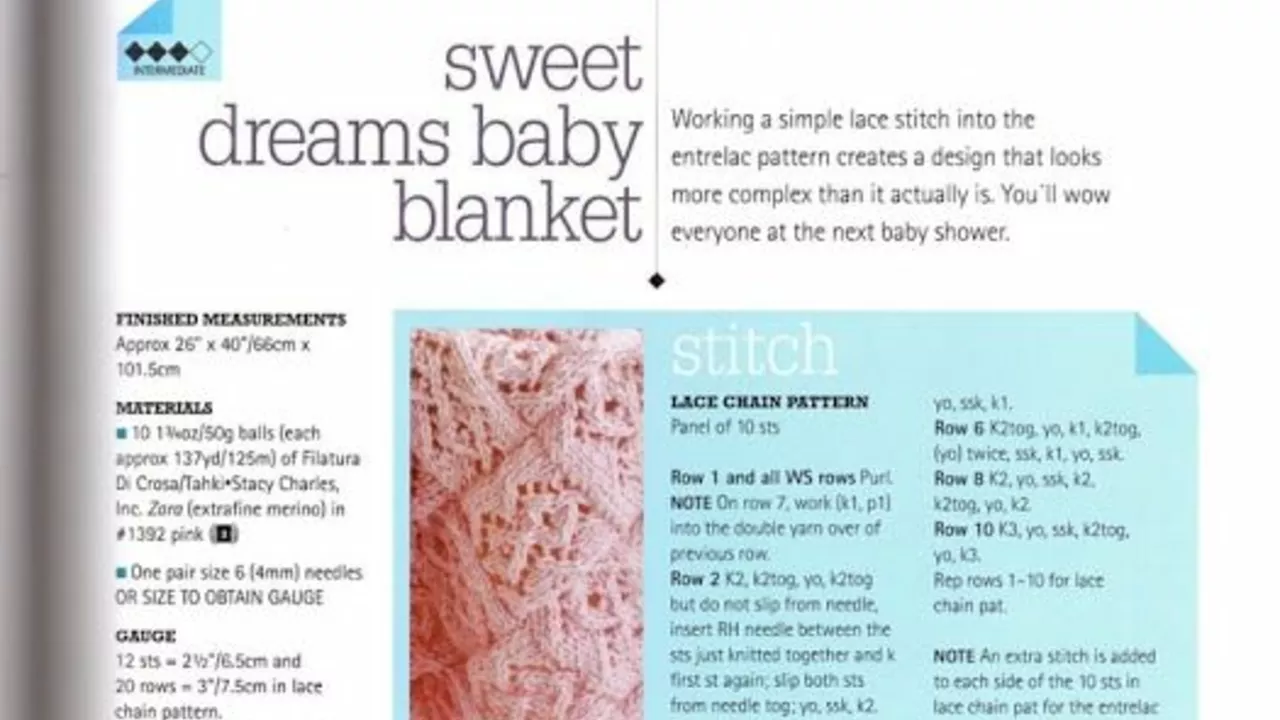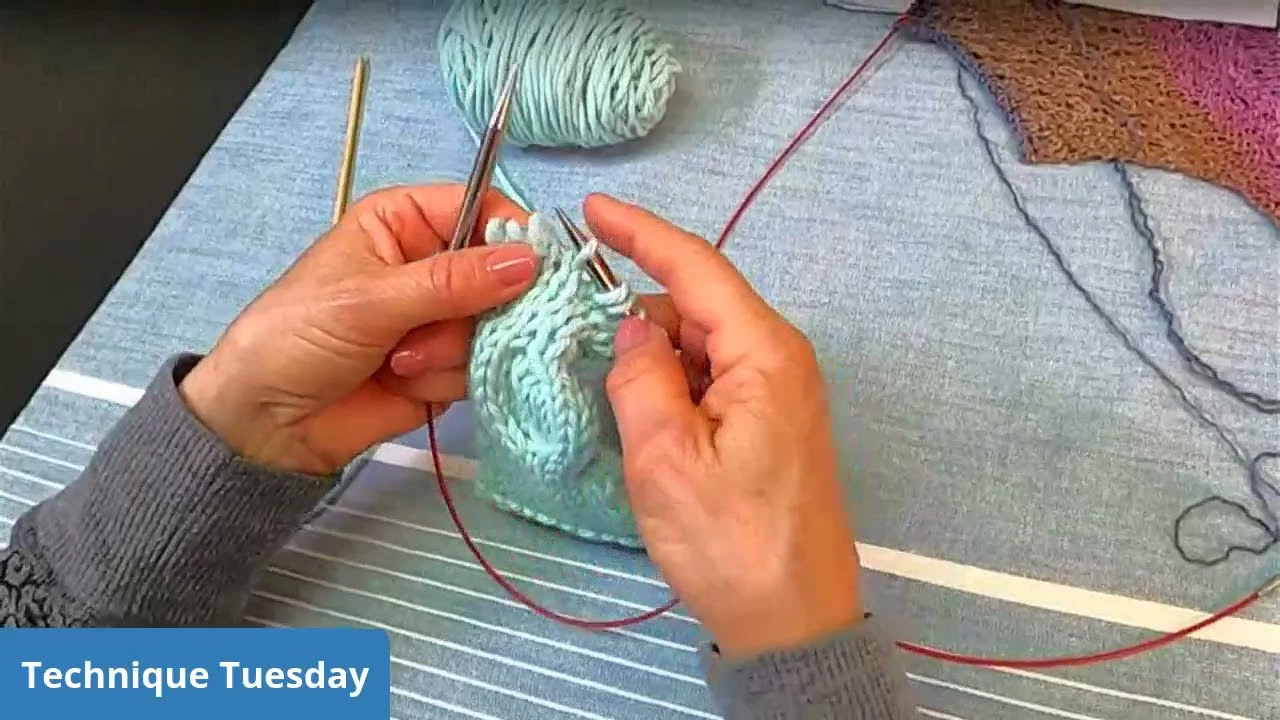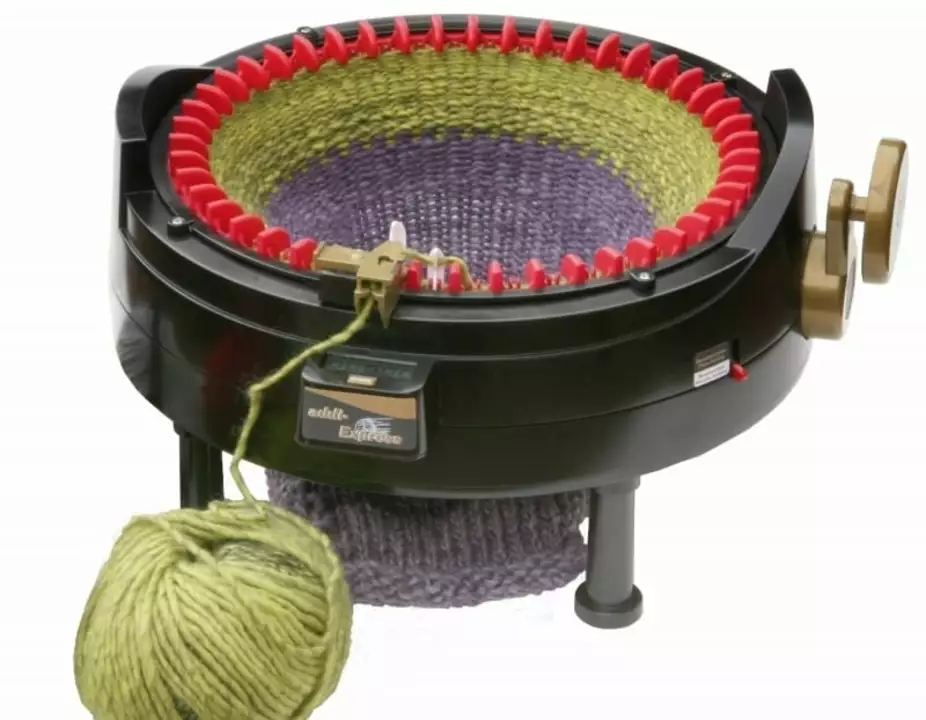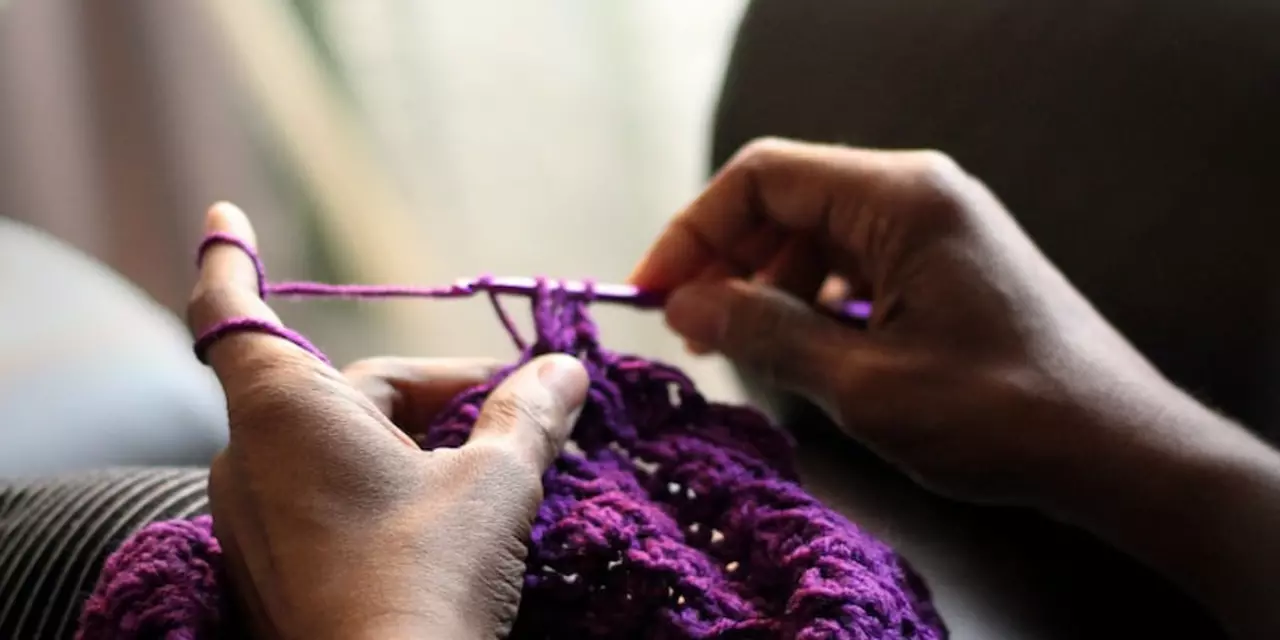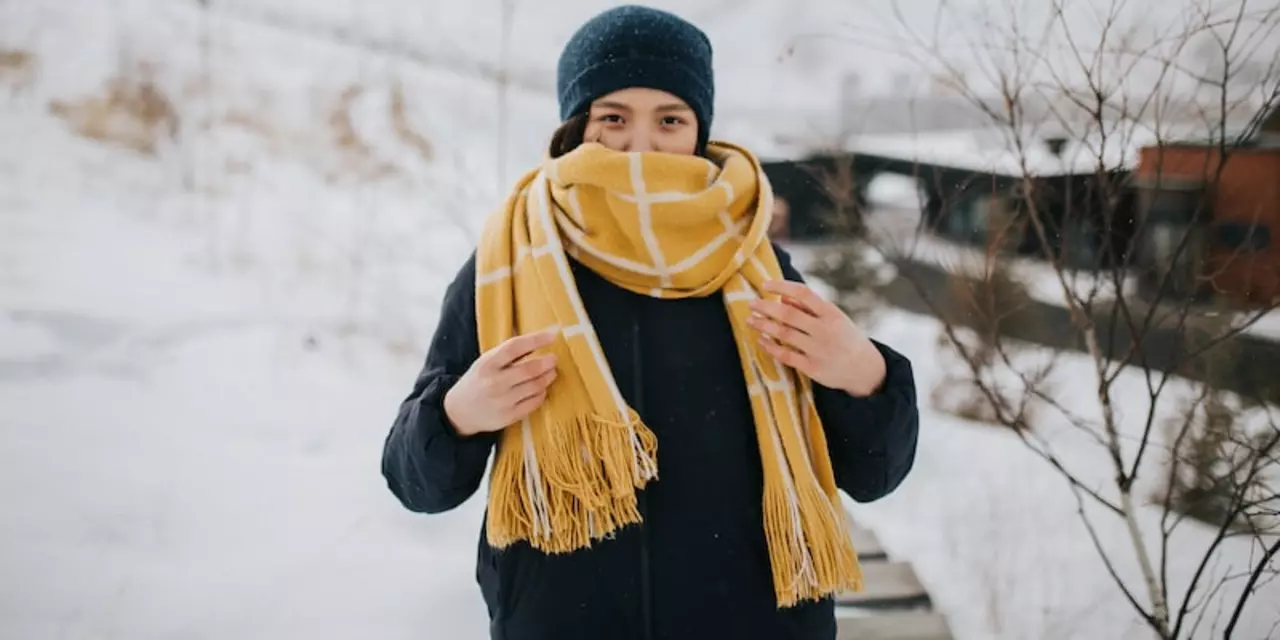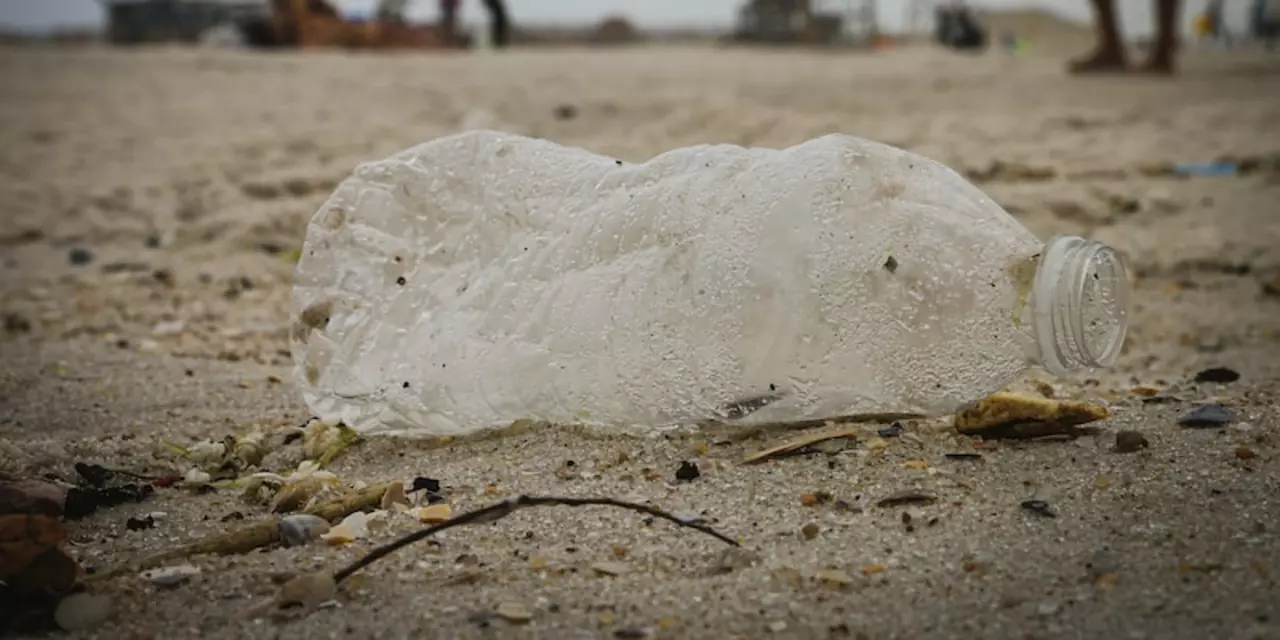Is the last stitch of a knitting pattern always purl?
- Alistair Couture
- 1 Aug 2023
- Knitting & Crocheting
Oh boy, knitting patterns, they're like a secret code, aren't they? And that last stitch, always a mystery! Many of you have been asking me, "Is the last stitch of a knitting pattern always purl?" The answer, my friends, is a big, wooly no. You see, it totally depends on the pattern you're following, sometimes it's a knit, sometimes it's a purl, sometimes it's a funky little slip stitch. So, keep your needles ready and your eyes on the pattern, because in knitting, just like in life, it's all about following the threads!
View More
